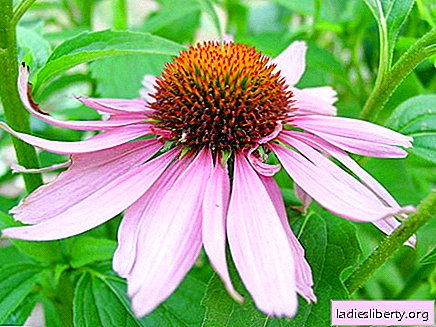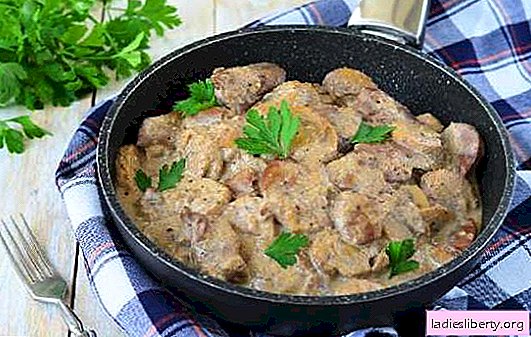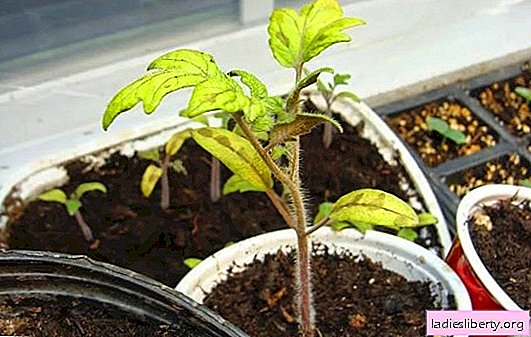
Any woman may encounter such questions, because often beloved white things are thrown aside just because spots appear on them.
Many types of stains are removed by modern detergents, powder enhancers and stain removers, which are added directly to the washing solution, but some stains are resistant to them.
Following the tips and recommendations outlined below, often the problem can be solved with the help of funds that are sold in a store or in a pharmacy and every housewife has a home.
How to remove stains on white at home: with what fabrics and with what
• Natural fabrics such as cotton, linen, bamboo are destroyed under the influence of chlorine bleaches and hydrogen peroxide at high temperature, but are not damaged when boiled in a weak alkaline solution, such as drinking soda or laundry soap, as well as when using organic acids (oxalic, citric) at low temperature and acetic acid when heated. After using these products, rinse the fabric thoroughly.
• Wool reacts poorly even to weak alkaline solutions, especially when heated. At a low temperature, the wool threads do not break, but become stiff and brittle, so if a solution of soap and soda was used to treat the stains, then when rinsing, a little acetic acid should be added to the water. Ammonia cannot be used undiluted, but in a weak concentration it can be used instead of weak alkali.
• Silk fabrics can only be cleaned with very dilute acetic and citric acid, with a concentration of up to 0.5%, since they are destroyed by the action of more concentrated organic acids, as well as by the action of alkaline salts.
• Rayon is treated with a very weak alkaline solution, such as soda or trisodium phosphate. The use of acetone and acetic acid is contraindicated, they dissolve acetate silk.
• Blended fabrics consisting of filaments of various origins are best cleaned with universal agents such as alcohol, refined gasoline, and weak solutions of organic acids.
• Synthetic fabrics can be easier to get rid of stains than natural ones, they are more durable and resistant to alkali and acid solutions. You can use gasoline, ammonia solution, hydrogen peroxide, soda.
How to remove stains on white at home: step by step instructions
• Greasy and oily stains can be easily removed with gel-like detergents. The gel is applied to the stain for half an hour, after which the thing is washed off as usual.
To remove fresh spots, chalk powder is used, which is applied in a layer to a contaminated place, and after a few hours is removed with a brush, if necessary, repeat the procedure.
• Fabrics of any composition are cleaned using a solution of ammonia and any liquid detergent taken one teaspoon per 100 ml of water. This composition is rubbed into the contamination, then the tissue section is ironed with a preheated iron through several napkins or gauze previously laid on the stain from below and above.
• Gasoline, turpentine, kerosene successfully remove fresh oily stains.
• Stains left by fruits, juices, wines, chocolate, coffee, tea on white are treated with heated glycerin, which is washed off with warm water after half an hour.
A mixture of ammonia and glycerin in a ratio of 1: 4 is also used, which is applied to the pollution for 20 minutes, then the thing is rinsed in water.
• Obsolete stains are removed with oxalic acid dissolved in water (teaspoon per 100 ml). After using this product, the fabric should be washed with powder by adding a tablespoon of ammonia per liter of washing water.
• Iodine stains lend themselves well to the action of starch diluted in water to a mushy state, which is applied for 12 hours, after which the item is washed in the usual way.
• Blood stains are washed in cold water, then soaked in soapy water before washing. If the stain is very stable, ammonia is added to the water (a teaspoon per half liter of water).
• Sweat stains need to be pre-treated with sodium hyposulfite, dissolving a teaspoon in a glass of water, and during washing add ammonia (a teaspoon per liter of water).
How to remove stains on white at home: natural and mixed fabrics
Stains are easier to remove from white natural fabrics than from colored ones, because they can be bleached and boiled. Sometimes it’s enough to soak a cotton or linen thing in cool water with a little “whiteness”, and the stains from tea, cocoa, dairy products will disappear. When boiling with oxygen-containing bleach or in a solution of laundry soap, more stable spots are removed: coffee, herbs, blood, sweat, fruits, vegetables. Greasy stains from white natural and mixed fabrics are removed with ammonia solution (a teaspoon in a glass of water).
How to remove stains on white at home: wool products and delicate fabrics
Delicate fabrics require a special approach. It is not recommended to use means for removing stains from wool and silk without breeding and at high temperature, it is better to remove the stain in several stages, but with gentle methods. Oily stains are removed with a mixture of ethyl alcohol and acetic acid in a ratio of 1: 1 or with the help of dishwashing detergents. Water-soluble spots disappear when treated with a weak solution of ammonia.
How to remove stains on white at home: tricks and useful tips
Before applying any product to the contaminated area, you need to test it in an inconspicuous place of clothing and make sure that it does not spoil the fabric.
Before proceeding with the removal of the stain with solvents and chemicals, it is necessary to wet the fabric around the stain so that a halo does not appear in the future.
When cleaning the area of the spot, you should move from the edges to the middle so as not to increase its size.
It is better to remove spots in daylight when the result is immediately visible.











